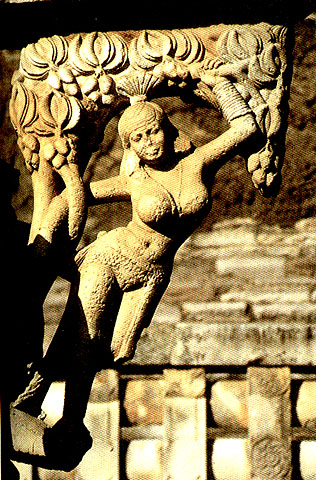
Is there a relation between Naga Babas - known mainly for initiating the Kumbh Mela every three years, and the ancient system of Indian belief that revered Nagas. (The above images are from: http://upload.wikimedia.org/wikipedia/commons/2/2f/Naga_baba.jpg and http://upload.wikimedia.org/wikipedia/en/1/19/Naga182.JPG)?
I would say yes, based only on one fact - Kumbh Mela is started by a march of the Naga Babas to the water. And, in traditional belief, Naga represented not just snakes, but also water. (More at http://isai-os.blogspot.com/2009/07/more-on-early-religion-of-india-nagas.html)
What I have not been able to figure out, is if this has anything to do with Nagaland, a state in India. Nagaland is now a mainly Christian state. However, there are references to the region being a traditional Naga culture, e.g. in Gita Mehta's book - River Sutra.
